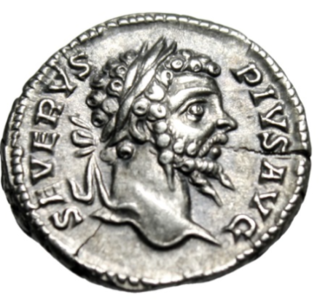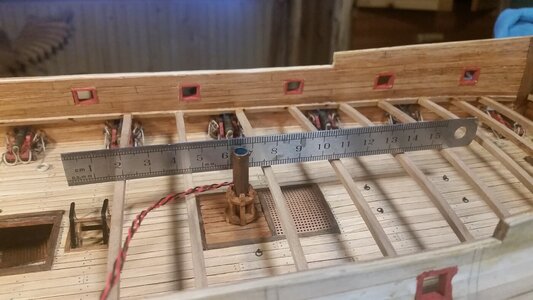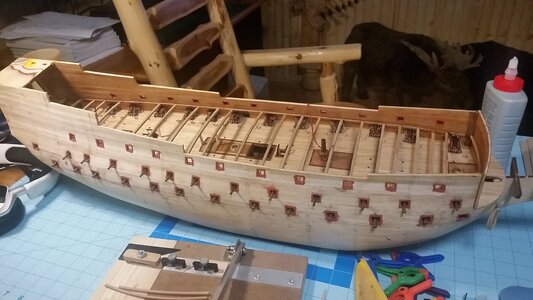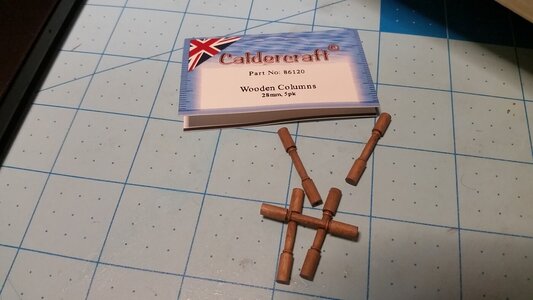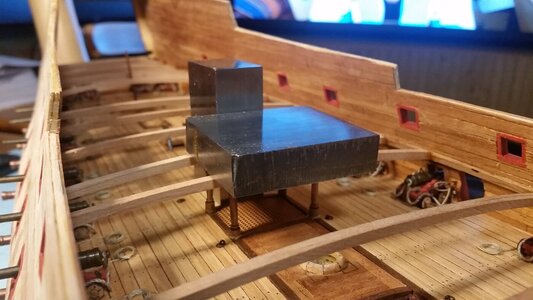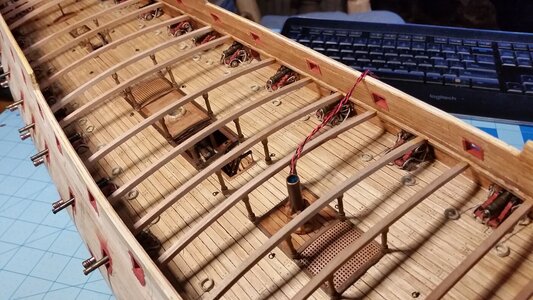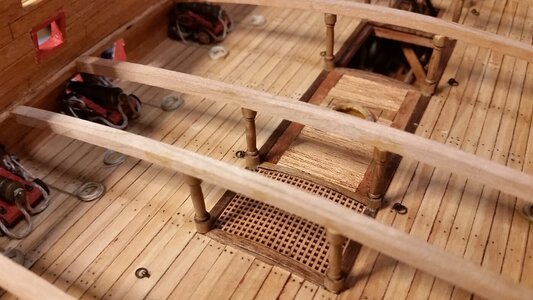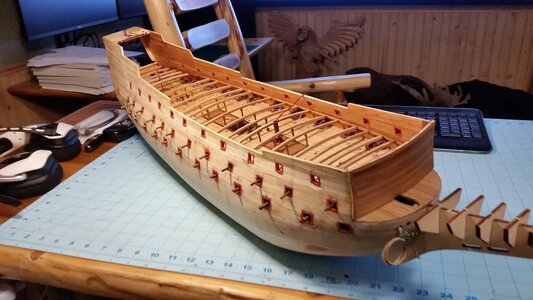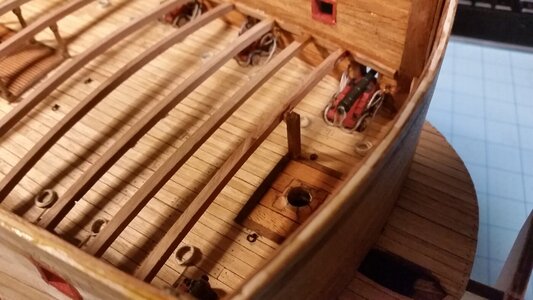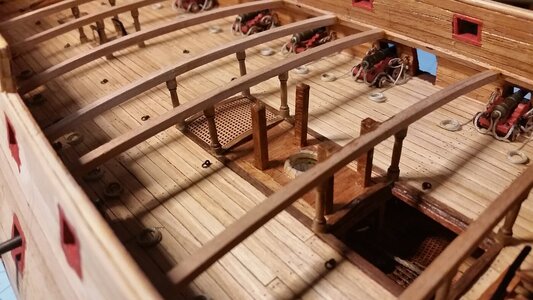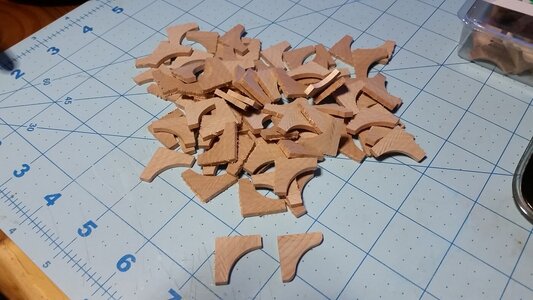It just occurred to me that I almost missed a very important step as described by Charles Aldritch: "The rudder head and tiller are always just under the middle deck on a three decker". That means that the tiller of the rudder must be under the middle gun deck, near the overhead of the lower gun deck. I have not made an opening in the hull for the rudder tiller yet, since the hull exterior is not finished. However, since the lower gun deck is no longer accessible, now is the last chance to install the tiller by boring a hole in the transom, and installing the whipstaff on the middle gun deck. It also occurred to me that my reference to the space beneath the lower gun deck as the "orlop" deck was incorrect. On three deck ships before 1650, the lower gun deck IS CALLED THE ORLOP DECK, and the deck below that is nothing more than a series of platforms at slightly varying heights making up the hold, anchor cable storage spaces, and other spaces.
So... time to get clever again. The thing to do is bore the hole for the tiller in the stern, make a tiller, create a low steering platform on the middle gun deck, drill a hole in that for the whipstaff. The forward end tiller will have a rotating cylinder of sorts on the end with a hole in the side of it to accept the lower end of the whipstaff. With a flashlight, I will have to insert the tiller, from the stern, and simultaneously insert the whipstaff from the top, and with a bit of glue on the end of the whipstaff, glue it to the rotating part on the tiller. Then comes the fun part. There is a transverse beam that the forward end of the tiller rides on for support. This beam should have been installed while the lower gun deck was exposed. OOPS. So, all I have to do is drill two holes in the hull at the correct height, and insert a stick of cherry or walnut through the hull, just beneath the tiller, but fat enough below the middle gun deck support structure above so that the tiller can move freely between them, and glued the ends of this beam to the hull. Trim off the excess beam sticking out of the hull on either side and make them flush, and let the finish layer of planking hide the whole thing. Easy as pie, right? You gotta love model building gymnastics.
The rudder, tiller and whipstaff will actually function if all goes according to plan. Glad I caught this oversight before it was too late, or there would be no whipstaff to steer the ship! McKay placed his tiller and whipstaff each one deck too high, which is not correct for this type of ship.
It certainly pays to stand back and review your work now and again so nothing is missed!
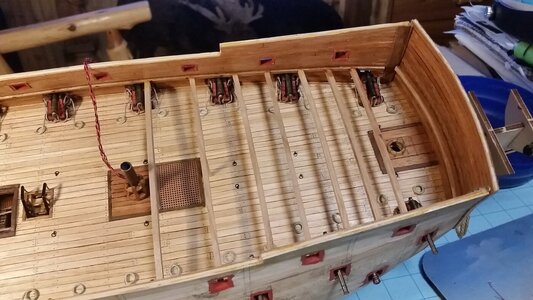
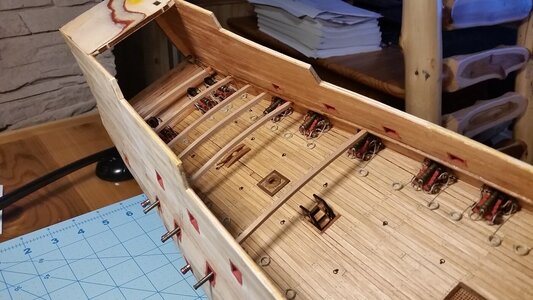
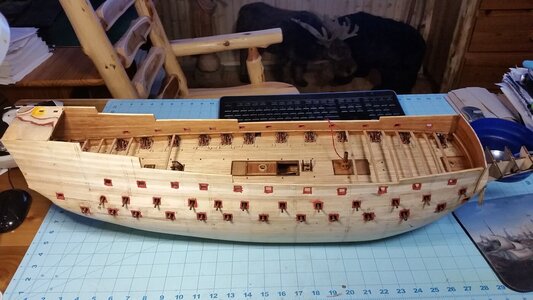








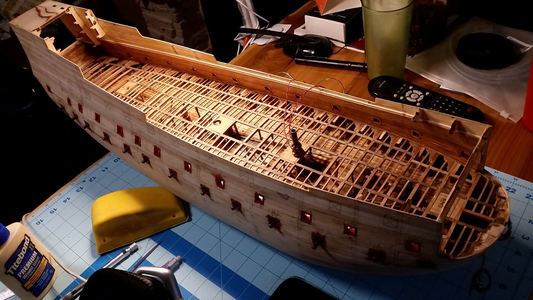
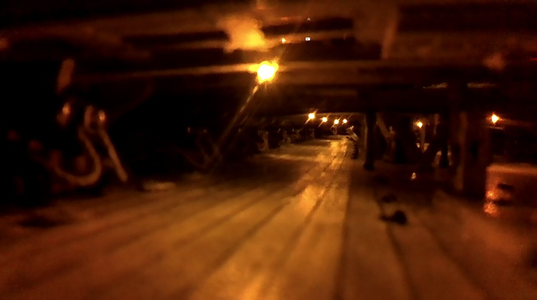

 .. who else had to look that word up ?
.. who else had to look that word up ?
